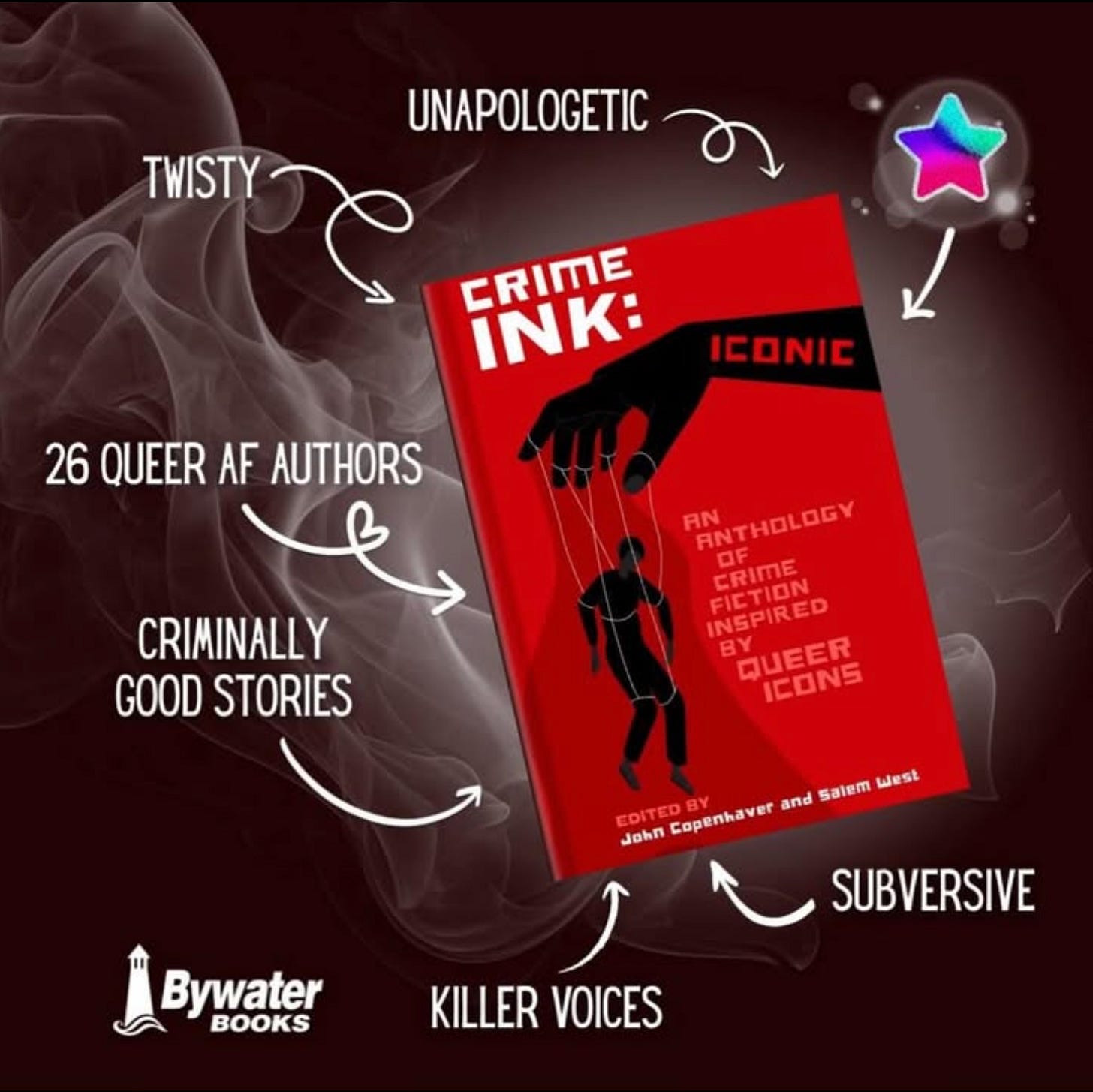On Taking Different Paths to Publishing (Part I)
A Story of Three Writers: The Beginning and Cast of Characters
Back in January 2024, I gave a lecture in my MFA program titled “A Story of Three Writers: On Taking Different Paths to Publishing.” Instead of another bulleted talk on “how to get published,” I decided to do what I do best: tell a story.
Because here’s the truth: lectures on publishing almost always feel inadequate. Not because the lecturer doesn’t know what they’re talking about, but because publishing itself is sprawling, messy, and constantly shifting under our feet. It’s the parable of the blind men and the elephant: some of us grab the trunk, some the tusk, some the tail—but nobody perceives the whole animal.
So I told my students a story about three writers who meet in an MFA program, become friends, grow their voices, and eventually publish. It’s a happy-ish story. (We’ll talk later about why “ish” matters.)
I want to share that story here too, in three parts. I hope you’ll see yourself in at least one of them. And I hope you’ll carry away three truths:
Publishing demands perseverance, openness, vulnerability, and the willingness to reinvent.
Publishing thrives on community, and so do writers.
Above all, the compulsion to create must be cultivated and protected.
The obligatory disclaimer: “This is a work of fiction. Any resemblance to actual persons, living or dead, is coincidental.” Or maybe we should use Fargo’s cheeky version: “This is a true story. At the request of the survivors, names have been changed. Out of respect for the dead, the rest has been told exactly as it occurred.” In either case, if you want to publish, you need a taste for dark humor.
Chapter 1: Three Writers Meet
Once upon a time, three aspiring writers walked into an MFA program and became friends.
Jane Capote, 23, white, cis, straight. Raised in New York by a lawyer and a doctor. Prep schools, elite undergrad, the works. Her father’s family is wealthy, and Jane knows she’s privileged—but her parents think writing is frivolous. They refused to fund grad school, so she used inheritance money from her beloved great-aunt Brigit. Jane writes crime fiction with a satirical bite—think Succession mashed with Christie’s And Then There Were None. She often exorcises her controlling parents by writing them into her stories in unflattering guises.
Nella Morrison, 33, Black, nonbinary, lesbian. Raised outside D.C. by a teacher mother and insurance-salesman father. Partial scholarship for college, student loans, a degree in graphic design (“practical”), and a well-paying but soul-sucking job in their twenties. Supported by their parents when they came out, supported again when they decided to pursue writing “for real” by enrolling in an MFA. Nella writes speculative fiction with queer characters—lyrical, experimental, vivid. Their current project: a novel about a vampire-hunting ex-nun whose brother is slowly turning into the very thing she’s sworn to kill.
Ernie Carver, 45, white, cis, bisexual. Raised in rural Appalachia. His dad drove trucks, his mom cleaned houses. He read voraciously and had a teacher, Mrs. P, who encouraged him. With scholarships and side jobs, he earned degrees in literature, then built a career teaching English. He married, settled down, but kept writing. Finally, with his wife’s encouragement, he pursued the MFA. Ernie writes K-mart realism—spare, plainspoken, compassionate stories about Appalachian lives. Influences: Breece D’J Pancake, Barbara Kingsolver, Sherwood Anderson, Hemingway.
Three friends. Three voices. Three different resources and challenges.
Why all the background? Because publishing isn’t only about “talent.” Privilege, economic reality, access to mentorship and community—all of these shape a writer’s path. Networking matters, yes, but not just “who you know.” It’s how you know them, the authenticity of your relationships. Jane, Nella, and Ernie’s bond would prove as central to their publishing as their manuscripts.
Next time: Jane aims straight for the Big Five. Nella takes the long road through community and self-publishing. Coming your way in a couple of days.
In 2023, out of 517 stories published in major crime anthologies, fewer than 1% came from LGBTQ+ authors. That’s not just a gap—it’s a gaping hole. Crime Ink: Iconic is our answer. Order now.
This collection brings together crime stories inspired by queer icons—James Baldwin, Radclyffe Hall, Megan Rapinoe, Oscar Wilde, Candy Darling, and more—spanning various genres, including noir, cozy, psychological thriller, and procedural. With a foreword by Ellen Hart and an afterword by Katherine V. Forrest, it’s both a celebration and a call to action.
Featuring stories by:
Ann Aptaker • Christopher Bollen • Marco Carocari • Katrina Carrasco • John Copenhaver • Meredith Doench • Margot Douaihy • Diana DiGangi • Christa Faust • Kelly J. Ford • Katherine V. Forrest • Stephanie Gayle • Robyn Gigl • Cheryl Head • Greg Herren • Renee James • Anne Laughlin • Kristen Lepionka • Mia Manansala • Jeff Marks • Ann McMan • Penny Mickelbury • David Pederson • JM Redmann • Jeffrey Round • Baxter Clare Trautman
Edited by Salem West and me.



